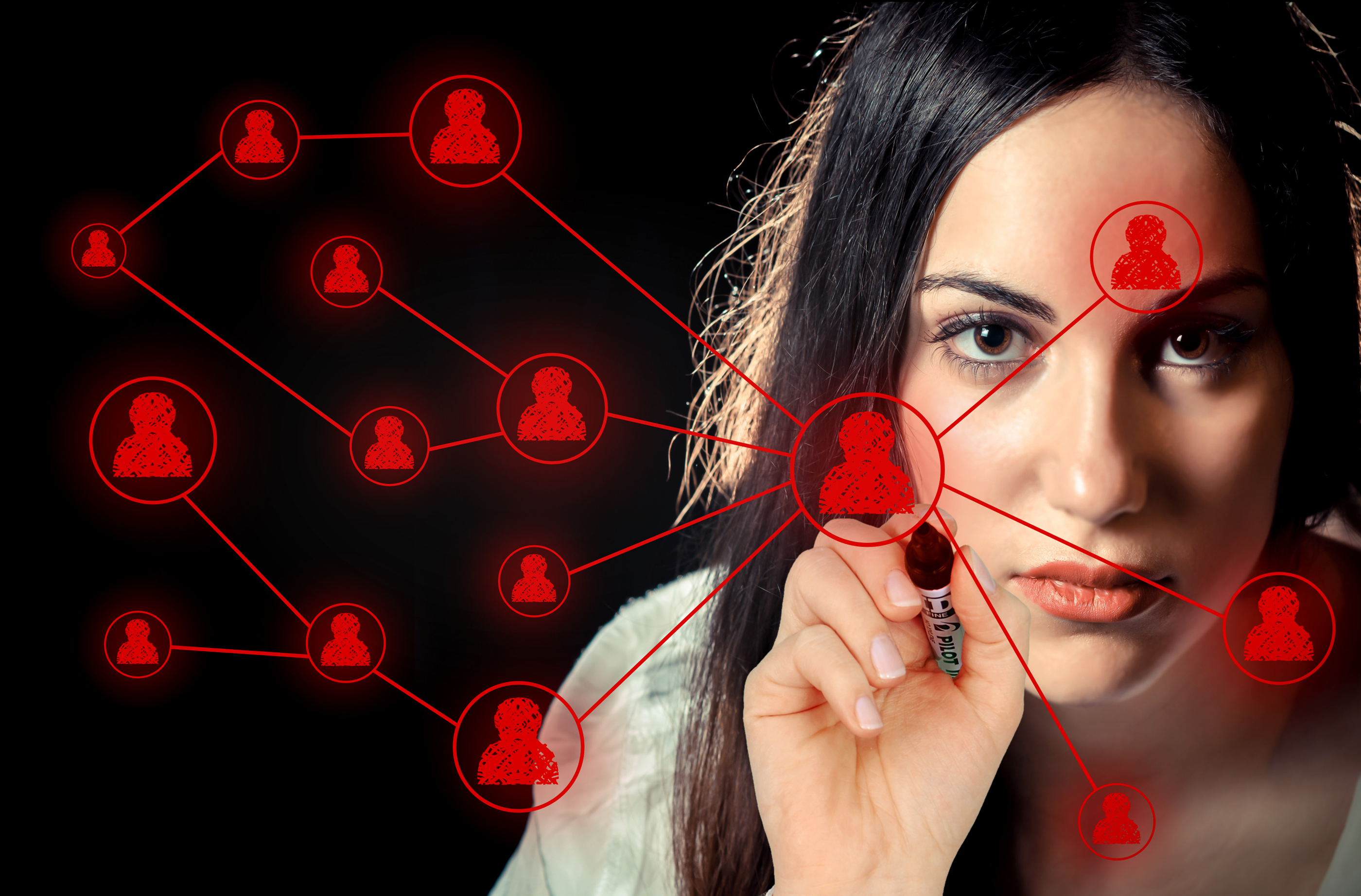
Why do we love games? What are the reasons why gamification works on engaging employees and increasing their motivation?
Based on studies employee’s response positively to using game mechanics at the workplace. According to Watson “over 70 percent of employees felt engagement software would help them perform better at work. Over 25 percent said it would help them stay motivated. 54 percent of respondents indicated that they would be more likely or much more likely to perform a task if it had game elements.” (Watson, 2014)
Employees seem to love the idea of gamifying some elements of their work, but why do games seem to increase their engagement? Why does gamification work so well in motivating employees and striving them towards better results?
According to a gamification website Badgeville “gamification taps into the basic desires and needs of the users impulses which revolve around the idea of status and achievement. One common technique of gamification is to increase engagement by rewarding users who accomplish desired tasks. Rewards such as badges and points are used to elevate status by showcasing the talents, expertise, and accomplishments of users. Competition is another technique that can be used in gamification. The desire to appear on the leaderboard drives players to complete more tasks, in turn fueling deeper engagement.” (Badgeville, 2016)
Is it all hormones?
There is also a physiological reason why games work so well. “Games offer clearly articulated rewards for each point players score and new level they achieve, they trigger the release of dopamine, a hormone in the brain that encourages us to explore and try new things” (Schawbel, 2013).
As in anything, games are addictive because players want to feel the same rush and good feeling after their achieve an epic win or an achievement that they only dreamed of. “Your body releases dopamine when you experience pleasure. This pleasure includes all kinds of things, including rewards. The more goals you achieve, the more dopamine it releases, and the easier it is to stay motivated. Gamification tries to tap into this by offering you rewards for the completion of small goals. In the context of gamification, this means the best games tap into your intrinsic motivation while providing rewards. Intrinsic motivation also comes from friendly competition.”(Klosowski, 2014)
Why do you love games? Please, comment!
Sources:
Badgeville (2016), available: https://badgeville.com/wiki/Gamification [accessed 5 Jan 2016].
Klosowski, T. (2014) ‘The Psychology of Gamification: Can Apps Keep You Motivated?’ Lifehacker.com (13 Feb 2014), available: http://lifehacker.com/the-psychology-of-gamification-can-apps-keep-you-motiv-1521754385 [accessed 5 Jan 2016].
Schwbel, D. (2013) ‘Adam Penenberg: How Gamification Is Going To Change The Workplace’ Forbes (7 Oct 2013), available: http://www.forbes.com/sites/danschawbel/2013/10/07/adam-penenberg-howgamification-is-going-to-change-the-workplace/ [accessed 5 Jan 2016].
Watson, Z. (2014) ’Survey: Do Office-Based Employees Want Digital Engagement Programs?’,Technology Advice (September 10, 2014), available: http://technologyadvice.com/gamification/blog/survey-officebased-employees-want-digital-engagement-programs/ [accessed 5 Jan 2016].
Wu, M. (2012), ‘Gamification 101: The Psychology of Motivation, Lithium (9 Nov 2012), available: https://community.lithium.com/t5/Science-of-Social-blog/Gamification-101-The-Psychology-of-Motivation/ba-p/21864 [accessed 5 Jan 2016].
Photo copyright: Shutterstock.com